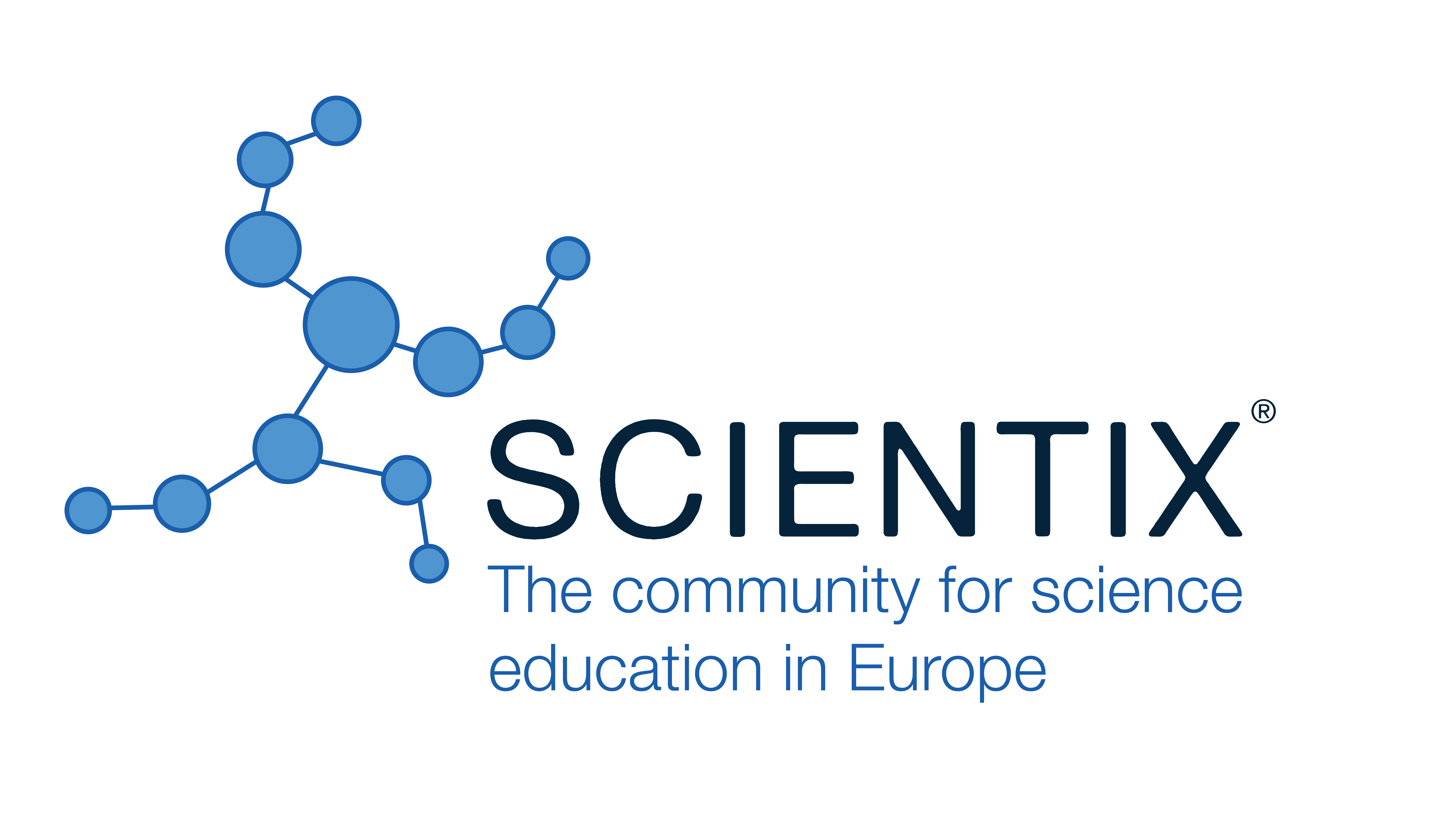The Potential Use of Thermal Springs in Trauma Pedagogy
David Th. Ausserhuber, ICUMEDA Intercultural Mediation and Art (Austria)
Abstract
The potential use of thermal springs in trauma pedagogy
Education and its link to the progress of knowledge in the field of sanitation and well-being became manifest when Europe‘s first university prototype was established, the Scuola Medica Salernitana. When it comes to adressing experiences of traumatic nature, trauma pedagogy has become an important tool when educating and empowering family and affiliated persons of individuals affected by trauma. While the reasons for an emotional and psychological trauma can differ, an increasing number of traumatic experiences are linked to war, flight, pandemic or natural disaster. The potential use of thermal springs in trauma pedagogy may considerably contribute to the task of gaining resilience. Additionally to the aspect of sanitation and well-being, the cultural factor can be considered as well when speaking of thermal springs and European spa tradition. Last year different spa towns were appointed as UNESCO world heritage as they were the catalyst for a model of spatial organisation dedicated to curative, therapeutic, recreational and social functions. This paper focusses on possible ways to use thermal springs in different cultural settings within the framework of trauma pedagogy.
Keywords: trauma pedagogy, thermal springs, (inter-)cultural factor of sanitation, mediative empowerment, education on well-being after trauma, academic mediation
References:
- Ehlers, A. & Clark. D. M. “A cognitive model of posttraumatic stress disorder. Behavior Research and Therapy”, 2000, p. 38, 319-345
- Hausmann, C. “Interventionen der Notfallpsychologie. Was man tun kann, wenn das Schlimmste passiert”, Facultas, 2016, p. 27
- Cohen, K. & Collens, P. “The impact of trauma work on trauma workers: A metasynthesis on vicarious trauma and vicarious posttraumatic growth”, Psychological Trauma: Theory, Research, Practice, and Policy, 2013, p. 570-580
- Druckworth, M. & Follette, V., Retraumatization: Assessment, Treatment, and Prevention, New York, Routledge, 2012, p.
- Al-Masri, A.N., Walter, G.F., Einblick in die traditionelle islamische Medizin, Münster/Berlin, LIT Verlag, 2013, p. 222
- Syria: Aleppos’s Bathhouse Back to Life, Asharq Al-Awsat, 2019, weblink https://english.aawsat.com//home/article/1714996/syria-aleppos-bathhouse-back-life, weblink last accessed on 12/05/2022
- UNESCO, United Nations Educational, Scientific and Cultural Organization, World Heritage Convention, weblink https://whc.unesco.org/en/list/1613/, 2021, weblink last accessed on 12/05/2022
- Gutenbrunner, C., Hildebrandt, G. “Handbuch der Balneologie und der medizinischen Klimatologie”, Berlin, Heidelberg, Springer,1998, p. 670
- Garthwaite, R., Handbuch für die gefährlichsten Orte der Welt, Berlin, Bloomsbury, 2011, p. 273
- Lorenz, W., Heilquellenforschung und Kulturgeschichte, Amtliches Österreichisches Bäderbuch, Wien, Frick-Verlag, 1959, p. 11
- Besemer, C., Mediation Die Kunst der Vermittlung in Konflikten, Baden, Werkstatt für Gewaltfreie Aktion, 2010, p. 24
 The Future of Education
The Future of Education





























